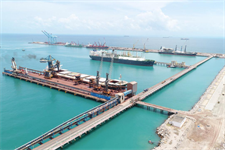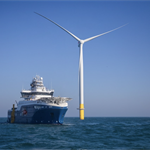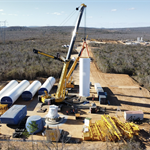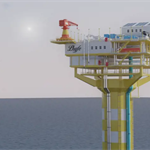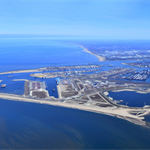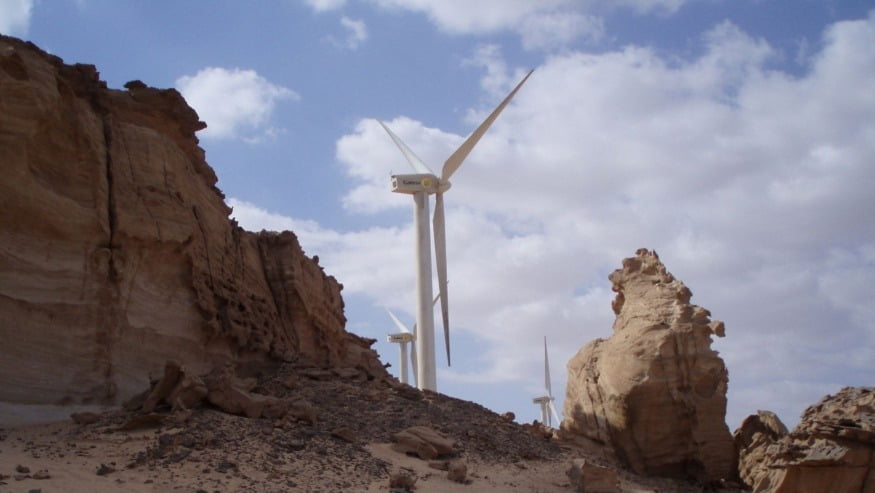Huge offshore wind farm to power green hydrogen in Brazil
Energy Disrupter

French renewable energy company Qair has signed an initial deal to build an offshore wind farm to support green hydrogen production in the northern Brazilian state of Ceará, the state government has announced.
Under the memorandum of understanding (MoU) signed this week with state governor Camilo Santana, the company’s Brazilian subsidiary would build the 1,216MW Dragao do Mar wind development on the state’s continental shelf. Electricity from the turbines would supply an electrolysis plant with the capacity to produce 296,000 tonnes a year of green hydrogen to be located at the Pecém Port Complex in Ceará.
“This Qair project is an investment of nearly $7 billion, which will promote decentralisation and stimulate the production of renewable energy throughout Ceará,” said Santana.
Ceará is seeking to build on the state’s huge wind resources as well as its proximity to markets in Europe and North America to become a major supplier of green hydrogen over the coming decades.
The project could be launched as soon as 2023, the government said.
Already a leader in South America in onshore wind generation, Brazil is looking to its 7,400km-long Atlantic coast to become a major player in offshore wind. Energy companies have so far sought authorisation to build more than 13GW of turbines along its continental shelf.
“It really is a hugely important moment for Qair; it is another step in the continuation of Qair’s investments and development strategy in Brazil, and in Ceará, where our headquarters are located in Brazil,” said Armando Abreu, president of Qair Brasil.
Other companies planning to participate in the green hydrogen hub include Australian mining company Fortescue Metals and White Martins, part of industrial gases producer Linde Group.
Also this week, Fortescue subsidiary Fortescue Future Industries signed an MoU with Ceará to study the development of a $6 billion facility in Pecem that could produce 15 million tonnes of green hydrogen a year by 2030.

